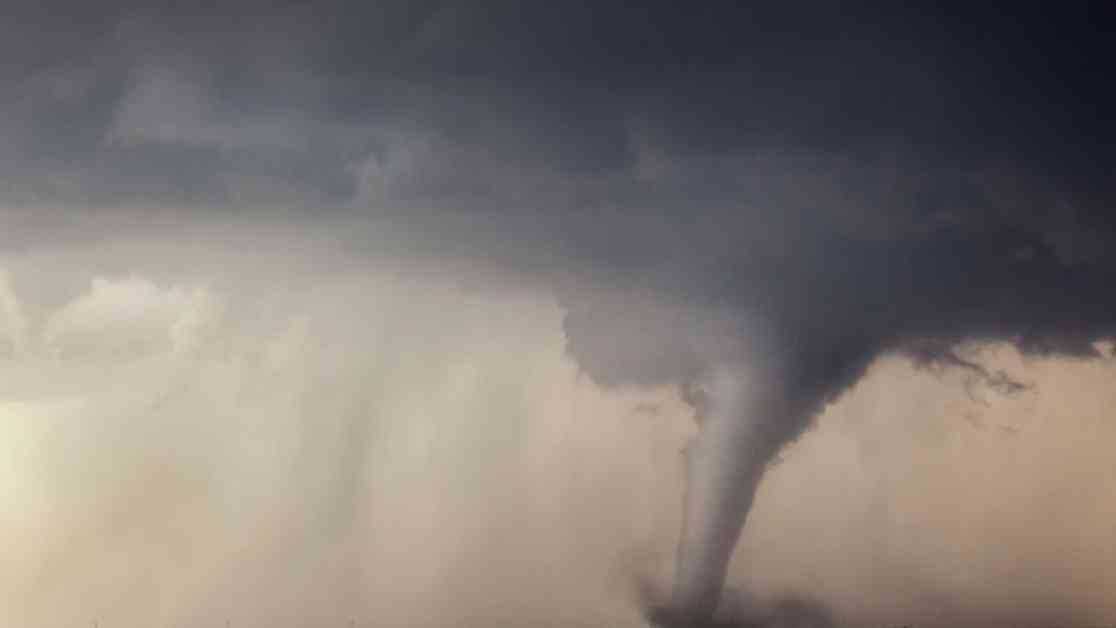Hurricanes are famous for the strong winds, storm surge, and heavy rainfall they bring. However, another common threat that often accompanies hurricanes is tornadoes. As Hurricane Helene approaches the northwest coast of Florida, tornado warnings have already been issued, with tornado watches in effect until 8 p.m. across South Florida.
Even though South Florida is not expected to be directly hit by Hurricane Helene, the region is still experiencing the impacts of the storm, which is predicted to make landfall as a Category 3 hurricane. Tornadoes associated with hurricanes are usually found on the eastern side of the storm, which is considered the strongest side or the “dirty” side of the hurricane.
In South Florida, waterspouts are a common sight, but during hurricanes, tropical tornadoes can form due to the increased wind shear brought by the outer rain bands, also known as squall lines, moving onshore. These outer bands move away from the center of the hurricane rapidly, causing the surface winds to slow down as they reach the shore. However, higher up in the atmosphere, the winds remain strong, creating a stark difference in wind speed known as wind shear.
This change in wind speed and direction at different altitudes in the atmosphere can lead to the formation of quick, but frequent, tornadoes. The counterclockwise spin of the hurricane itself combined with the outward movement of the outer bands results in a slight shift in wind direction, contributing to the formation of these tornadoes. While these tornadoes are usually short-lived and weaker compared to the larger supercell tornadoes generated by single rotating thunderstorms, they can still pose a threat to life and property.
It is essential for residents in hurricane-prone areas like South Florida to stay vigilant and heed all warnings and alerts issued by local authorities, especially during hurricane season. Being aware of the potential for tornadoes during a hurricane and understanding the factors that contribute to their formation can help individuals and communities better prepare and respond to these natural disasters. Remember, safety should always be the top priority when dealing with the impacts of severe weather events like hurricanes and tornadoes.


